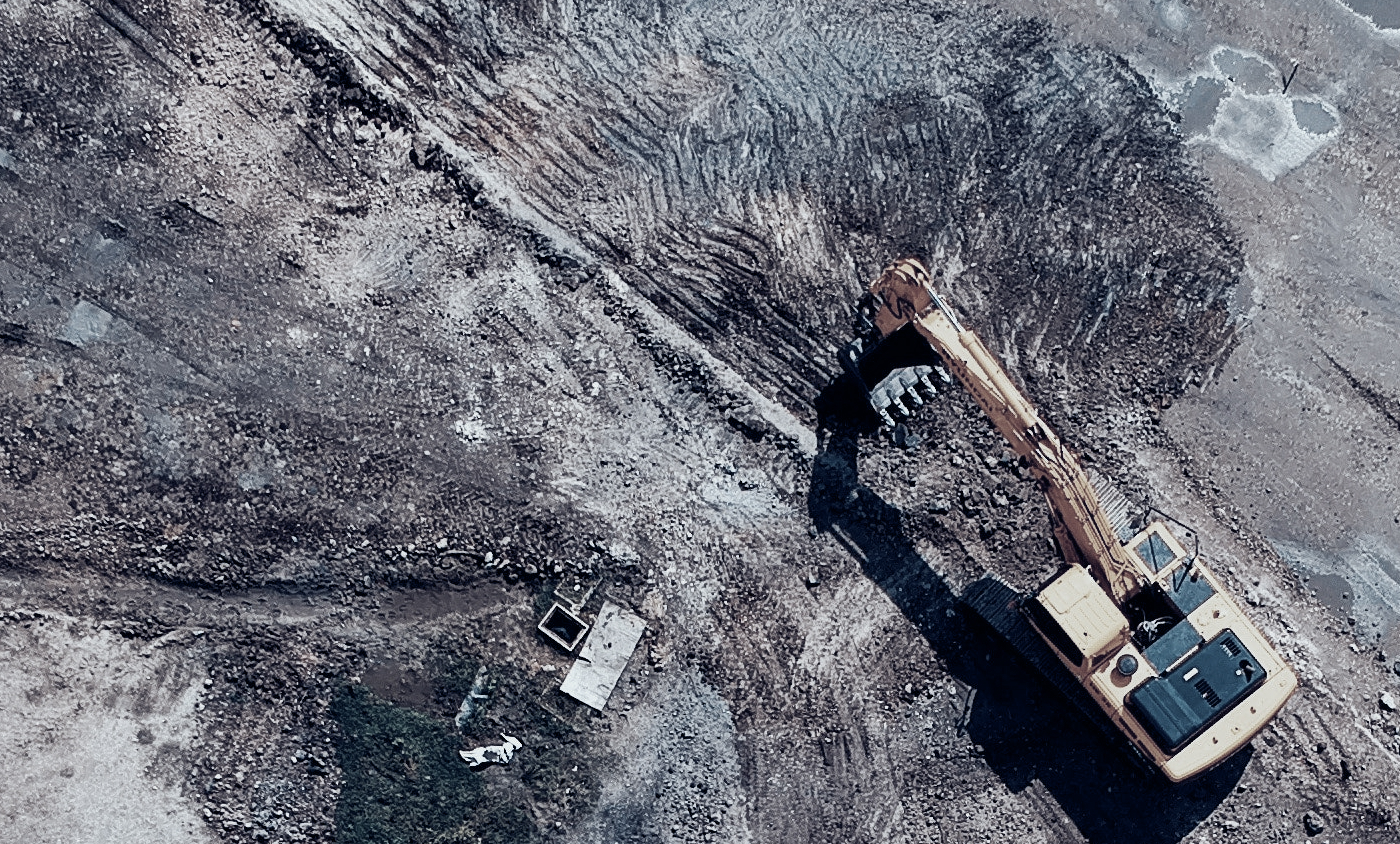Construction litigation is expensive as it often involves a high disputed amount, convoluted and contested facts. According to the statistics, the total amount in dispute of construction adjudication cases registered with the Asian International Arbitration Centre (AIAC) in the year 2018 alone was worth RM2.2 billion1.
Against the backdrop, parties should try to avoid litigation at all costs. As the first step, parties should understand the provisions in a construction contract and its legal implication. Here are the five things to look for before signing a construction contract: –
i. The Applicable Conditions of Contract
Construction contracts, especially for sub-contract works are often awarded by way of a Letter of Award which sets out the terms of the contract between the parties. As a starting point, it is pertinent to ascertain if the Letter of Award incorporates any Conditions of Contract (example: PAM Contract or PWD Form) by way of reference.
Case laws have held that terms may be incorporated into a contract by way referring to the Conditions of Contract, even when the Conditions of Contract is not signed by the parties2. Ascertaining the applicable Conditions of Contract is important to ensure compliance, especially when it comes to matters such as the variation orders, extension of time, and set off where specific procedures are required to be adhered to.
ii. Commencement and Completion Date
Another important clause in a construction contract to look for is the commencement and the completion date. A contractor must ensure that the contract period is reasonable for it to complete the contractual works. Besides, a contractor also must ensure the site conditions will allow it to complete the works within the completion date. Practically, it is encouraged to conduct site inspections and tests to determine the soil condition, sub-surface conditions, unexpected structure, and obstruction underneath the site that can potentially delay the construction progress. A Contractor may not be able to rely on unexpected soil conditions or underground rock encounters to apply for an extension of time as most of the commonly used standard contract form does not provide for such ground as a delaying event that entitled the contractor to apply for an extension of time3. This is understandably so as it is the contractor’s responsibility to carry out site inspections before entering into the contract.
iii. Extension of Time Clause
Related to the completion, the contractor must also look out for an extension of time clause which provides for the relevant events of delay that allows contractors to apply for an extension of time to complete the works.4 The relevant events shall be as exhaustive as possible to avoid the time for completion to be at large with the occurrence of an event not covered under the clause5.
iv. Liquidated Ascertained Damages Clause
In the context of a construction contract, Liquidated Ascertained Damages (LAD) is the agreed amount of compensation to be paid by the contractor for every day of delay after the (extended) completion date has lapsed. The parties must ensure that the LAD to be imposed in the event of non-completion is reasonable and proportionate to the contract sum. Failing which, the party who the LAD is imposed against may be able to challenge the imposition of LAD on the ground of unreasonableness6.
v. Dispute Resolution Clause
A dispute resolution clause is a clause that gives effect to how parties are to resolve any dispute arising from the contract. Parties often give less attention to these clauses than ought to be the case. Most of the standard form of contract provides for dispute resolutions by way of arbitration7. However, it is argued that arbitration may not be the most costs effective mode of dispute resolution, especially when the disputed amount is relatively small8. Dispute resolution through Court proceedings may be a more viable option given that the Malaysian Court now has the specialised Judge to hear construction disputes and the speedy disposal of court cases.
1 AIAC’s Annual Report 2018
2 Bauer (M) Sdn Bhd v Daewoo Corp [1999] 4 MLJ 545; Bina Puri Sdn Bhd v EP Engineering Sdn Bhd & Anor [2008] 3 MLJ 564
3 See Clause 23.8 PAM Contract 2006 (Without Quantities); Clause 43 PWD Form
4 Please look out for our upcoming newsletter for detail discussion of extension of time. Alternatively, contact us to fix a free consultation session.
5 Goldcourse Sdn Bhd v Asaztera Sdn Bhd [2011] 9 MLJ 700
6 Cubic Electronics Sdn Bhd (in liquidation) v Mars Telecommunications Sdn Bhd [2019] 6 MLJ 15
7 Clause 34 PAM Contract 2006 (Without Quantities);
8 For instance, the arbitrator fee and AIAC’s administrative fee alone for a dispute of RM1 million is RM63,008.41. This is excluding the legal fee payable to the lawyer, fees for venue, etc.





